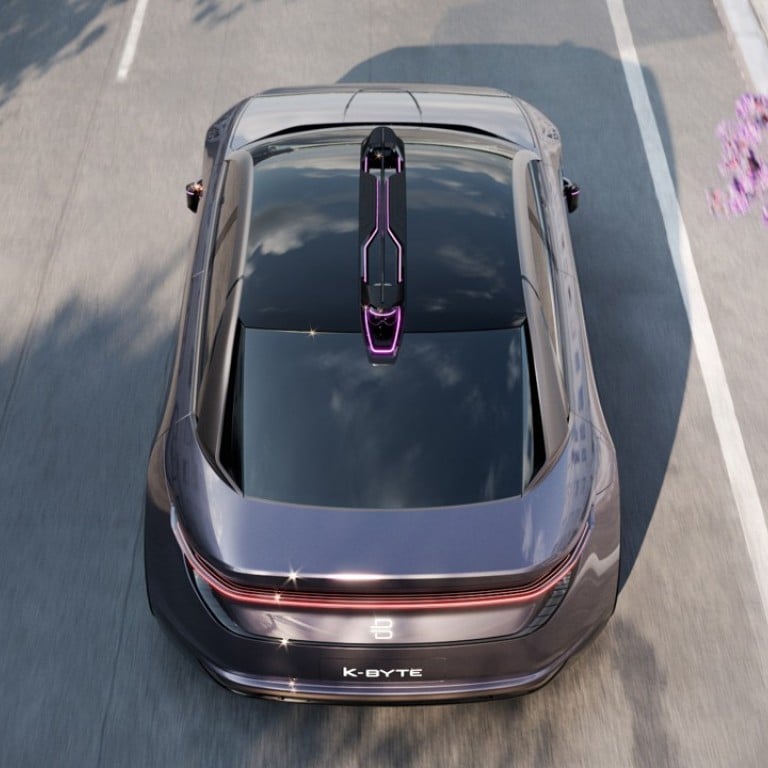
Car makers race towards a driverless future
Big names have been investing heavily in the development of AI-infused autonomous vehicles, with resulting projects soon to be taking to the roads
Visitors to the Winter Olympic Games in Pyeongchang in February found out what it’s like being ferried in a vehicle without anyone at the wheel – courtesy of a fleet of driverless buses launched for the event by South Korean manufacturer Hyundai. For the rest of us, an autonomous driving future might be closer than we think.
Luxury car brand Daimler affirmed that last week, in announcing a tie-up with artificial intelligence (AI) computing company Nvidia to develop systems architecture for fully automated and driverless urban vehicles. The collaboration between Daimler, auto-parts giant Bosch and Nvidia could see the testing of a robot taxi project in California in less than a year. The technology is to be ramped up for mass production by the beginning of the next decade.
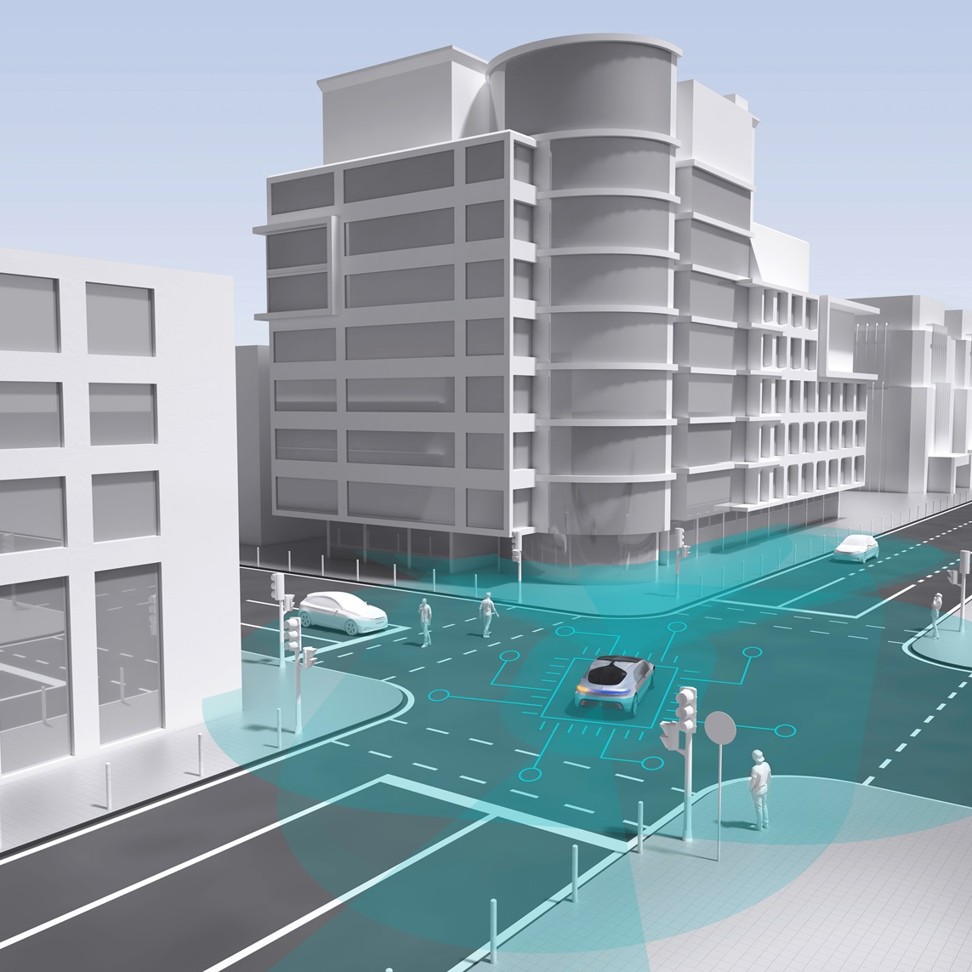
The idea, in theory, seems straightforward enough – automated vehicles being really, as Daimler explains, just complex computers on wheels. However, its execution is more complicated.
Cars need even more computing power if they are to negotiate city traffic automatically, with input sourced from an array of disparate surround sensors. Nvidia provides the means with its Drive Pegasus platform powered “by high performance AI automotive processors along with system software that will process the vehicle-driving algorithms generated by Bosch and Daimler using machine-learning methods”, Daimler said in its announcement.
These AI-infused vehicles will improve traffic flow, enhance safety, and offer greater access to mobility
Nvidia translates what this means for drivers as “press a button on your smartphone and go”. The driverless car, Nvidia explains, is “a vehicle rich with sensors, powered by an extremely energy efficient supercomputer, and running AI software that acts as a virtual driver”.
The benefits of mobility services built on autonomous vehicles are enormous, Nvidia says. “These AI-infused vehicles will improve traffic flow, enhance safety and offer greater access to mobility. In addition, analysts predict it will cost a mere 17 cents a mile to ride in a driverless car you can summon anytime. And commuters will be able to spend their drive to work actually working, recapturing an estimated US$99 billion worth of lost productivity each year.”
Driving the convenience of transportation up, and costs down, is “a huge opportunity”, Nvidia says, noting KPMG’s forecast that, by 2030, driverless vehicles and services will be a US$1 trillion industry. To these benefits, the great automotive brands “will need to weave the latest technology into everything they do,” it adds.
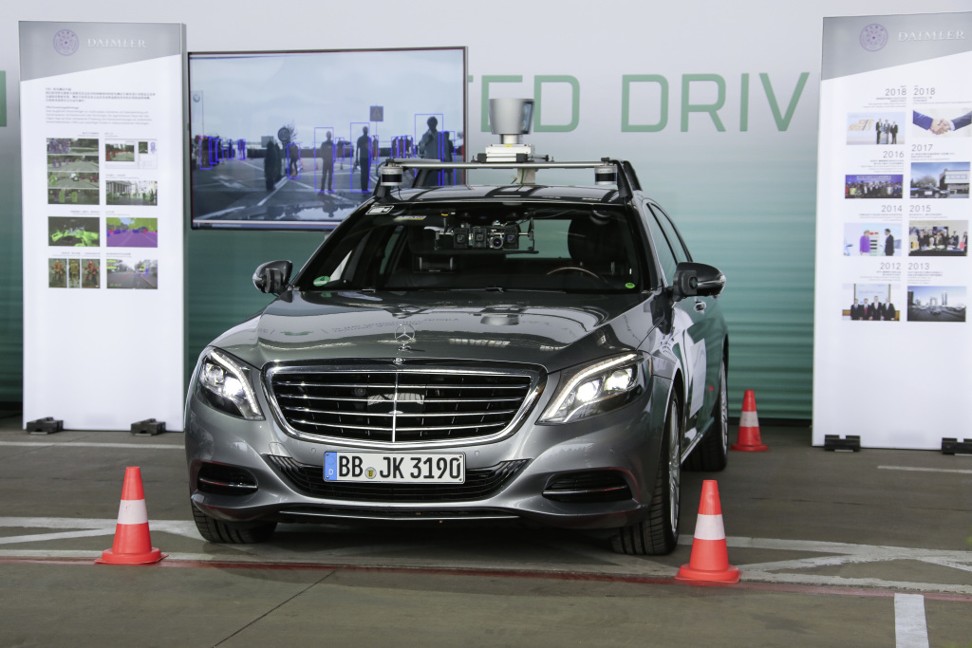
Daimler is also working with Chinese partner Tsinghua University to develop the technology, and on July 10, China’s prime minister, Li Keqian, joined Germany’s chancellor Dr Angela Merkel to watch a demonstration of automated vehicles including a Mercedes-Benz E-Class on the tarmac of Berlin Tempelhof Airport.
During the event, Ola Källenius, member of the board of management of Daimler responsible for corporate research and Mercedes-Benz cars development, said that, only a few days earlier, approval had been gained to operate fully-automated test vehicles on public roads in Peking. “This provides us with another valuable opportunity to drive our development work in this field forward,” he said.
Meanwhile, Shanghai was a hotbed of vehicle tech when CES Asia rolled into town in June, showing just how smart – and how green – auto production is becoming.
Local start-up BYTON, a Nanjing company founded by two German entrepreneurs, showcased its latest electric concept car, the BYTON K-Byte, a sporty sedan “made for the age of autonomous driving” with integrated and retractable sensors that strike a balance between aesthetics and practicality.

BYTON has partnered with Aurora, a leading autonomous driving technology firm, to develop a Level 4 (L4) autonomous driving programme – defined as a state where the car can operate without human input or oversight but only under specific select conditions. By the end of 2020, the two companies aim to have a fleet of prototype vehicles with L4 autonomous driving capabilities ready for testing, in preparation for L4-ready mass production and delivery.
Key to enabling autonomous driving of the BYTON K-Byte is a bow-shaped module on the car’s rooftop (called the LiBow), a system which integrates front and rear lidar sensors to allow for a full-view panoramic scan of the vehicle’s surroundings. BYTON’s retractable LiGuards side lidar system is located below the side-view cameras. The system is designed to deploy in autonomous driving mode and retract automatically during parking manoeuvres, with functions for a range of specific purposes, such as signalling pedestrians.
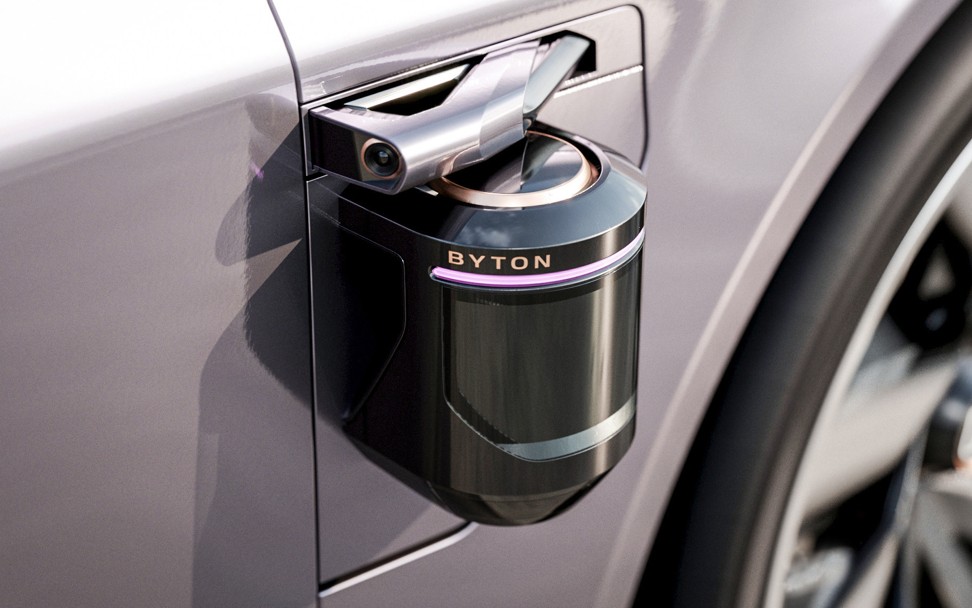
Like BYTON’s first concept car, the M-byte SUV unveiled in January, the K-Byte sedan has rotating seats for each occupant, as well as individual information screens which respond to touch, voice or gesture. The 1.25-metre wide “coast to coast” main screen on the front dashboard is, BYTON says, the first 49-inch display in the industry.
Dr Carsten Breitfeld, CEO and co-founder at BYTON, believes its new model represents a breakthrough in the design of smart connected vehicles. “It changes the design language of traditional cars, delivering a perfect blend of elegance, style, luxury, and sportiness, and introducing new design aesthetics in the age of shared mobility and autonomous driving,” he said.
BYTON president and co-founder Dr Daniel Kirchert added that the company is ready to streamline and scale the production cycle. “We are fully confident that we will meet our commitment to deliver the sedan to market in 2021,” he said.
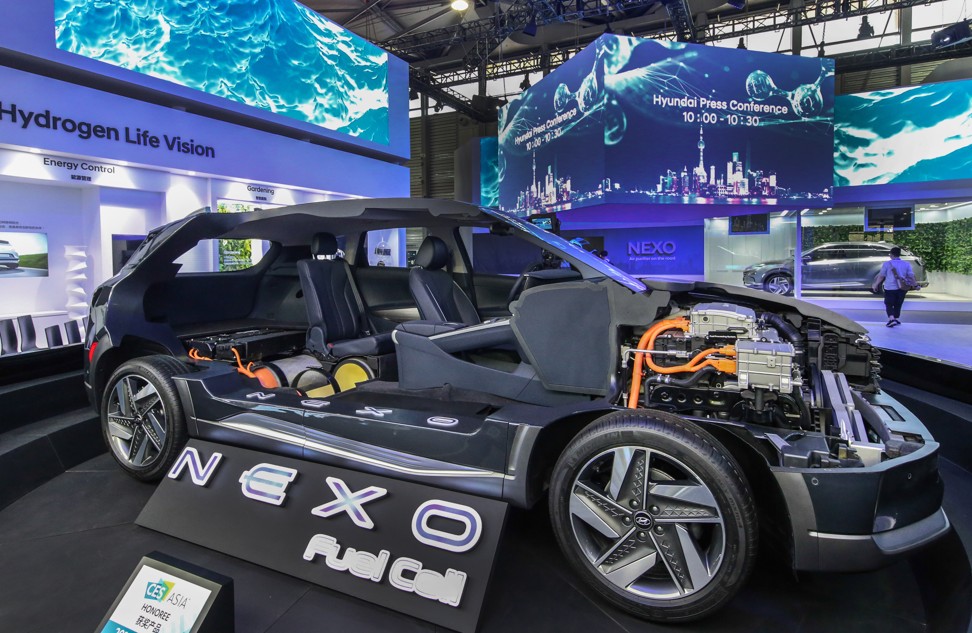
Hyundai also displayed its latest concept car at CES Asia, announcing partnerships with Chinese companies including Beijing-based DeepGlint, with whom it will spearhead the technological development for autonomous driving through the Apollo Project. Renowned global carmakers, ICT companies, start-ups and academics are taking part in the Baidu-led Apollo Project to jointly advance autonomous driving technologies.
“We aim to move beyond providing just means of transportation but autonomous driving experiences, which provide customers freedom in both space and time,” said Lee Jin-woo, vice-president of Hyundai’s autonomous driving development centre. “We are reinforcing our collaboration with Baidu in order to hasten the development of cutting-edge technologies crucial to commercialising autonomous vehicles.”

